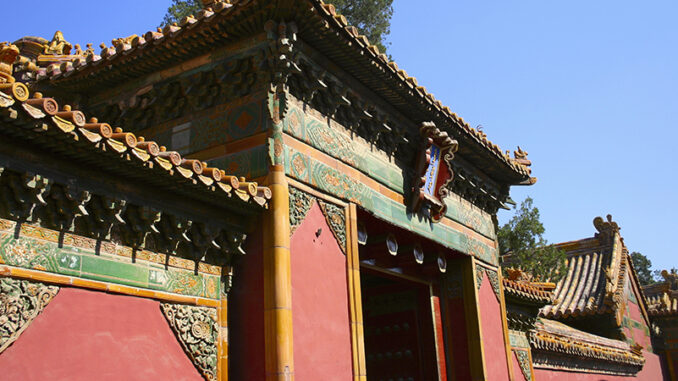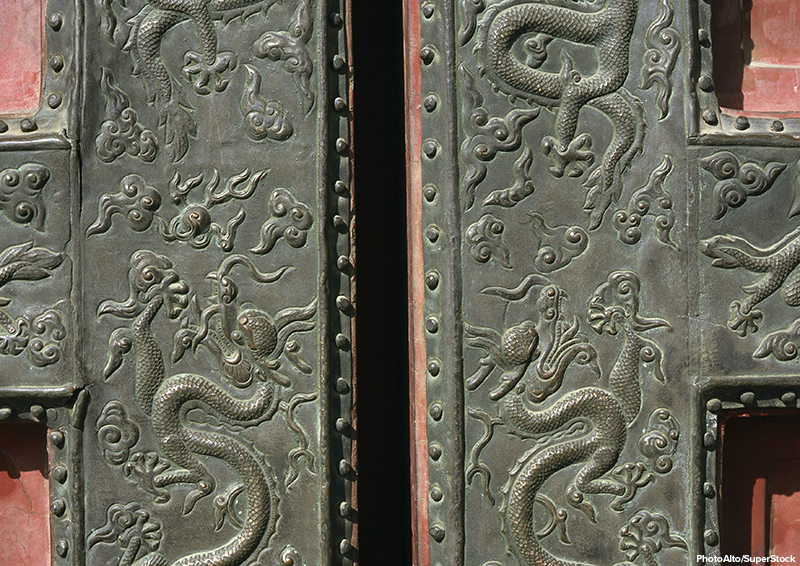
Have you ever heard of China’s Forbidden City? It was the nation’s imperial palace for 24 emperors of the Ming and Qing dynasties. The palace has existed for more than six hundred years. In 1925, it was renamed as the Palace Museum, or Gugong, and opened to the public. Today, the Palace Museum is recognized as a UNESCO World Heritage Site and houses millions of priceless works of art. But maintaining these ancient artifacts isn’t easy and requires the work of hundreds of experts. Here, btw takes a closer look at this global treasure.
Visiting the Palace Museum
Throughout history, each emperor who lived in the Forbidden City tried to outdo the previous one by collecting more art, literature, and treasures. This was their way of demonstrating their wealth and power. Today, the Palace Museum holds a great collection of artistic treasures: millions of priceless cultural and historical relics from the Ming and Qing dynasties. The museum contains nearly ten thousand rooms, enclosed by a four-story-high wall, and surrounded by a moat. The museum complex includes several buildings, as well as imperial gardens.

The largest and most beautiful spot in the Palace Museum is thought to be the Hall of Supreme Harmony, also called the Hall of Golden Chimes. It was once used for grand celebrations, such as the emperor’s birthday and royal weddings. Other highlights include the Gallery of Clocks, and the Treasure Gallery (which contains priceless art, silverware, jewels, and tapestries). In addition to its permanent collection, the museum also houses temporary special exhibitions.
Visitors from all over the world can explore the museum year-round. But that wasn’t always the case. Until 1925, it was closed to most outsiders. Also, during World War II, most of the artifacts were removed when the Japanese army invaded. Shortly after World War II’s end, in 1949, China’s civil war led to the Communist Party taking over. The defeated Nationalist party retreated to Taiwan and took many of the palace’s artifacts with them. Today they are held in the National Palace Museum in Taiwan. Beijing’s Palace Museum had to rebuild its collection.
Preserving the Past
The Palace Museum has always required the work of a large staff to keep it operational and monitor the tremendous collection. Before the Forbidden City officially opened as the Palace Museum in 1925, teams of experts were brought in to take a complete inventory of the imperial collection and decide whether each object was public or private property. But the work didn’t end there.
Keeping six-hundred-year-old artifacts in good condition is not an easy task. Centuries of natural decay–in addition to fire, war, and looting–have taken a tremendous toll on the collection. Today, about 150 workers help to clean, maintain, and repair all of the objects. Cloth items require special attention and must be carefully patched. New technology, such as X-ray diffraction machines, are used to help with the difficult and painstaking work of restoring and preserving the pieces. The hard work and dedication of these experts make it possible for future generations to enjoy and learn from all the museum’s treasures.
